Imaginary companions are making a real impact, even for those of us who can’t see them. Parents and caregivers across the country are setting extra places for them at the table, buckling them into empty seats in the car, and hoping against hope that they don’t accidentally sit on them. We may want to keep setting that extra place at the table—recent research is finding that imaginary friends might be good for more than interrupting our domestic routines.
 See below for some great titles that feature imaginary friends.
See below for some great titles that feature imaginary friends.
Freudian psychology in the early 1900s originally branded imaginary friends as a symptom of loneliness (at best) and mental instability (at worst), but more recent research is much kinder to invisible playmates. A study from the University of Otago in New Zealand found that while they showed no difference in vocabulary skills, children with imaginary companions were able to construct richer narratives while recalling both storybook plots and personal experiences than their counterparts without imaginary friends. This may not come as a surprise—what is an imaginary friend anyway, but an extended storytelling exercise? Through the acts of playing with and describing their imaginary friends to others, children have the opportunity to exercise their imaginations, storytelling skills and their grasp on abstract concepts with some fantastic results. Research from Marjorie Taylor from the University of Oregon shares some characteristics of specific imaginary friends as described by children:
- “Elephant” – Invisible 5-year-old elephant, 7 inches tall, wears tank top and shorts, sometimes is mean
- “Michael” – Invisible 9-year-old-boy, taller than the child, lives in the back left side of the child’s head, sleeps in a bed in the child’s head
- “Robert” – Invisible male panther, black fur with blue eyes, lives in the jungle, the child met Robert in his dreams
These imaginary friends can sometimes sound more like characters from books than an everyday playmate. Luckily, for those of us who are sadly without an invisible playmate, we can live 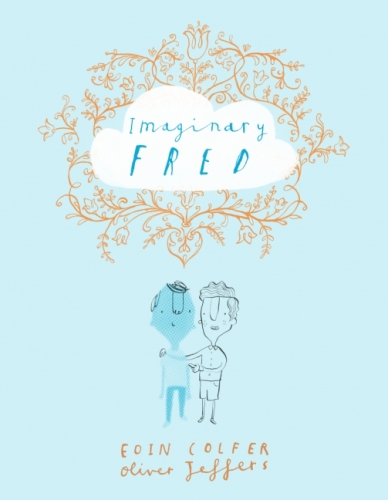 vicariously through some books from this past year that feature imaginary friends and their real cohorts.
vicariously through some books from this past year that feature imaginary friends and their real cohorts.
Imaginary Fred (Grades K-3) written by Eoin Colfer and illustrated by Oliver Jeffers, shows how imaginary friends can go from being imaginative play to collaborative play when a real/imaginary duo joins another mixed-reality friendship to become a foursome. Jeffers depicts the imaginary friends as vaguely Lichtenstein-esque dot drawings that fade and strengthen as the children’s imaginations change.
Michelle Cuevas creates a variety of eccentric invisible friends in Confessions of an Imaginary Friend: A Memoir of Jacque Papier (Grades 3-5, Lexile 700). Written from Jacque’s perspective, the book begins with his acceptance of the fact that everyone hates him and thus ignores him, with the exception of his 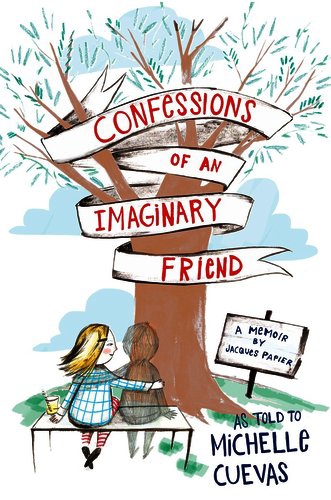 sister Fleur. He is subsequently shocked to learn that no one actually hates him—they just cannot see him because he is Fleur’s imaginary friend. This sets in motion Jacque’s personal journey to discover who he really is and what it means to be real, and he meets some memorable people (both real and imagined) along the way.
sister Fleur. He is subsequently shocked to learn that no one actually hates him—they just cannot see him because he is Fleur’s imaginary friend. This sets in motion Jacque’s personal journey to discover who he really is and what it means to be real, and he meets some memorable people (both real and imagined) along the way.
In the new book from Newbery Award-winning author Katherine Applegate, we meet the eponymous character of Crenshaw (Grades 5-9, Lexile 540), an oversized cat who appears during difficult times in Jackson’s life. While Jackson, who is starting fifth grade, may seem a little old to have an imaginary friend, further research from Taylor supports the idea that invisible companions can be a helpful coping tool for older children in an unstable or high-risk environment. Crenshaw proves to 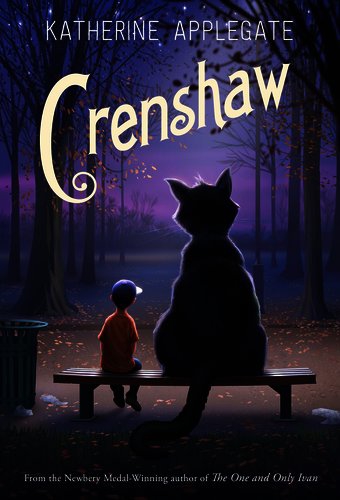 be exactly that for Jackson by helping him sort through his feelings and effectively communicate them.
be exactly that for Jackson by helping him sort through his feelings and effectively communicate them.
Trionfi, Gabriel, and Elaine Reese. “A Good Story: Children With Imaginary Companions Create Richer Narratives.” Child Development 80.4 (2009): 1301-313. Web.
Taylor, Marjorie, Annmarie C. Hulette, and Thomas J. Dishion. “Longitudinal Outcomes of Young High-risk Adolescents with Imaginary Companions.” Developmental Psychology 46.6 (2010): 1632-636. Web.
Taylor, Marjorie, Annmarie C. Hulette, and Thomas J. Dishion. “Longitudinal Outcomes of Young High-risk Adolescents with Imaginary Companions.” Developmental Psychology 46.6 (2010): 1632-636. Web
Booksource Recommendations
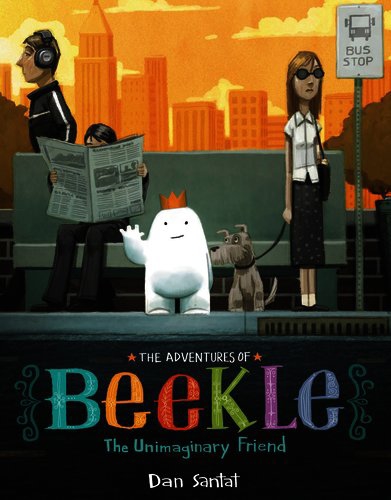 Grades P-1, Level K, Lexile AD480 Grades P-1, Level K, Lexile AD480 |
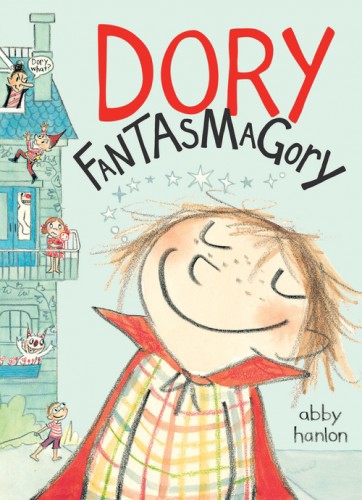 Grades 1-3, Lexile 550 Grades 1-3, Lexile 550 |









Leave A Comment